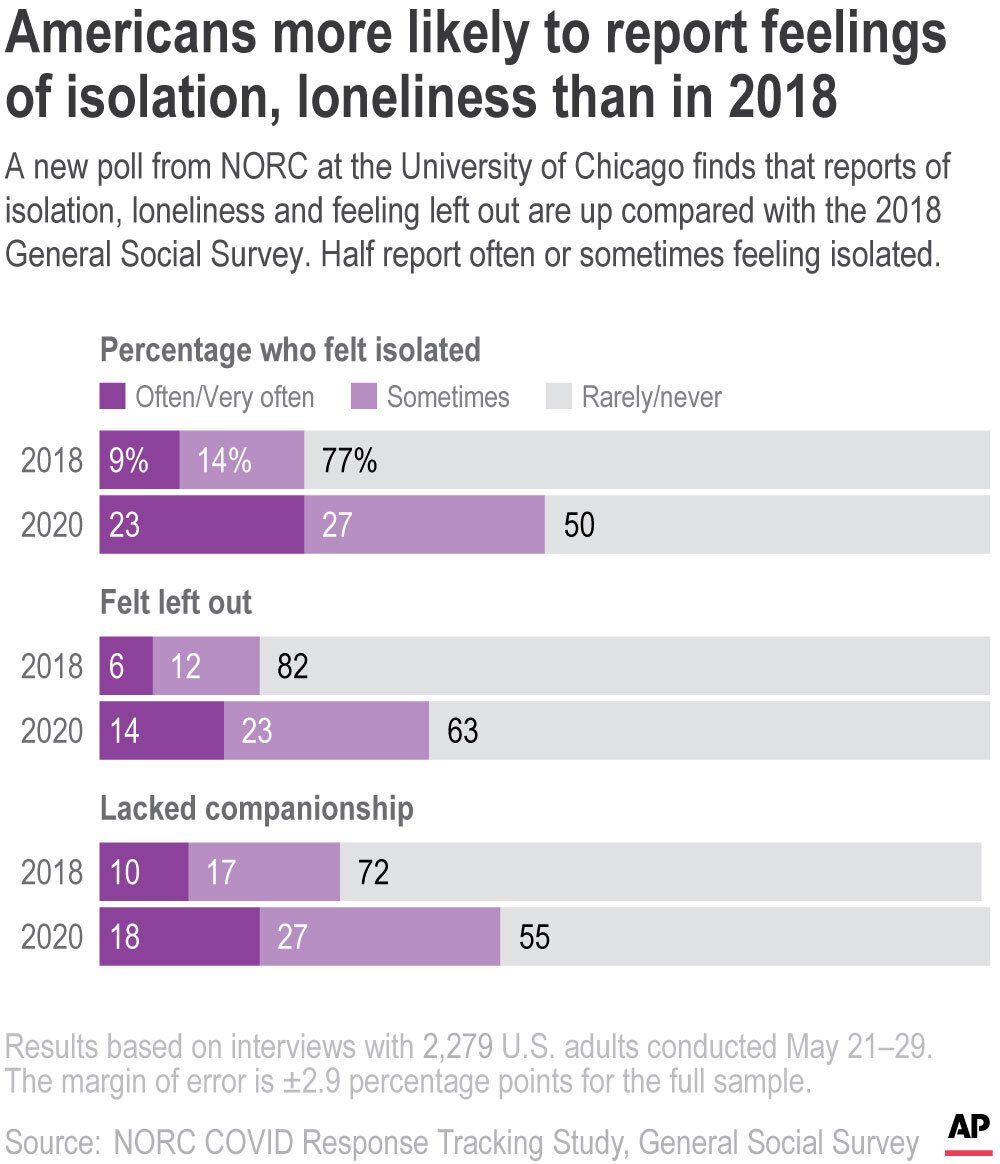IN CANADA COVID-19 ON DECLINE
Most developed countries have throttled the coronavirus and are gradually resuming life as usual. But not the United States. The U.S. response to the coronavirus is by far the worst in the G7. And it's still one of the worst in the world.
Germany, Italy, Spain, South Korea, Japan, the UK… all were hit hard by the coronavirus. And all have now reduced their new cases to a small and manageable number.
Meanwhile, after plateauing but never fully declining, cases in the United States have begun growing again.
Here, from Our World in Data, is a chart showing new confirmed cases per day per million people. Yes, confirmed cases are being boosted by increased testing. But testing capacity has increased everywhere. And still the US is an outlier.

Most developed countries have throttled the coronavirus and are gradually resuming life as usual. But not the United States. The U.S. response to the coronavirus is by far the worst in the G7. And it's still one of the worst in the world.
Germany, Italy, Spain, South Korea, Japan, the UK… all were hit hard by the coronavirus. And all have now reduced their new cases to a small and manageable number.
Meanwhile, after plateauing but never fully declining, cases in the United States have begun growing again.
Here, from Our World in Data, is a chart showing new confirmed cases per day per million people. Yes, confirmed cases are being boosted by increased testing. But testing capacity has increased everywhere. And still the US is an outlier.
Our World in Data CLICK TO ENLARGE
Nearly 120,000 Americans have died from the coronavirus, and about 750 are still dying every day. Meanwhile, our president is just saying more stupid things ("If we stop testing, we'd have very few cases") and pretending the problem no longer exists.
You can believe that the coronavirus is not a serious threat to you, your family, or your community. You can point out that the coronavirus is mostly killing old and sick people. You can observe that "life is risky" and that we choose to live it anyway. You can believe that "lockdowns" were overkill and that the government should have focused on mask-wearing instead.
But you cannot deny that the US has royally screwed this up and that we'll be paying for our incompetence for months if not years.
The US coronavirus response is a national disgrace. — HB
Nearly 120,000 Americans have died from the coronavirus, and about 750 are still dying every day. Meanwhile, our president is just saying more stupid things ("If we stop testing, we'd have very few cases") and pretending the problem no longer exists.
You can believe that the coronavirus is not a serious threat to you, your family, or your community. You can point out that the coronavirus is mostly killing old and sick people. You can observe that "life is risky" and that we choose to live it anyway. You can believe that "lockdowns" were overkill and that the government should have focused on mask-wearing instead.
But you cannot deny that the US has royally screwed this up and that we'll be paying for our incompetence for months if not years.
The US coronavirus response is a national disgrace. — HB












